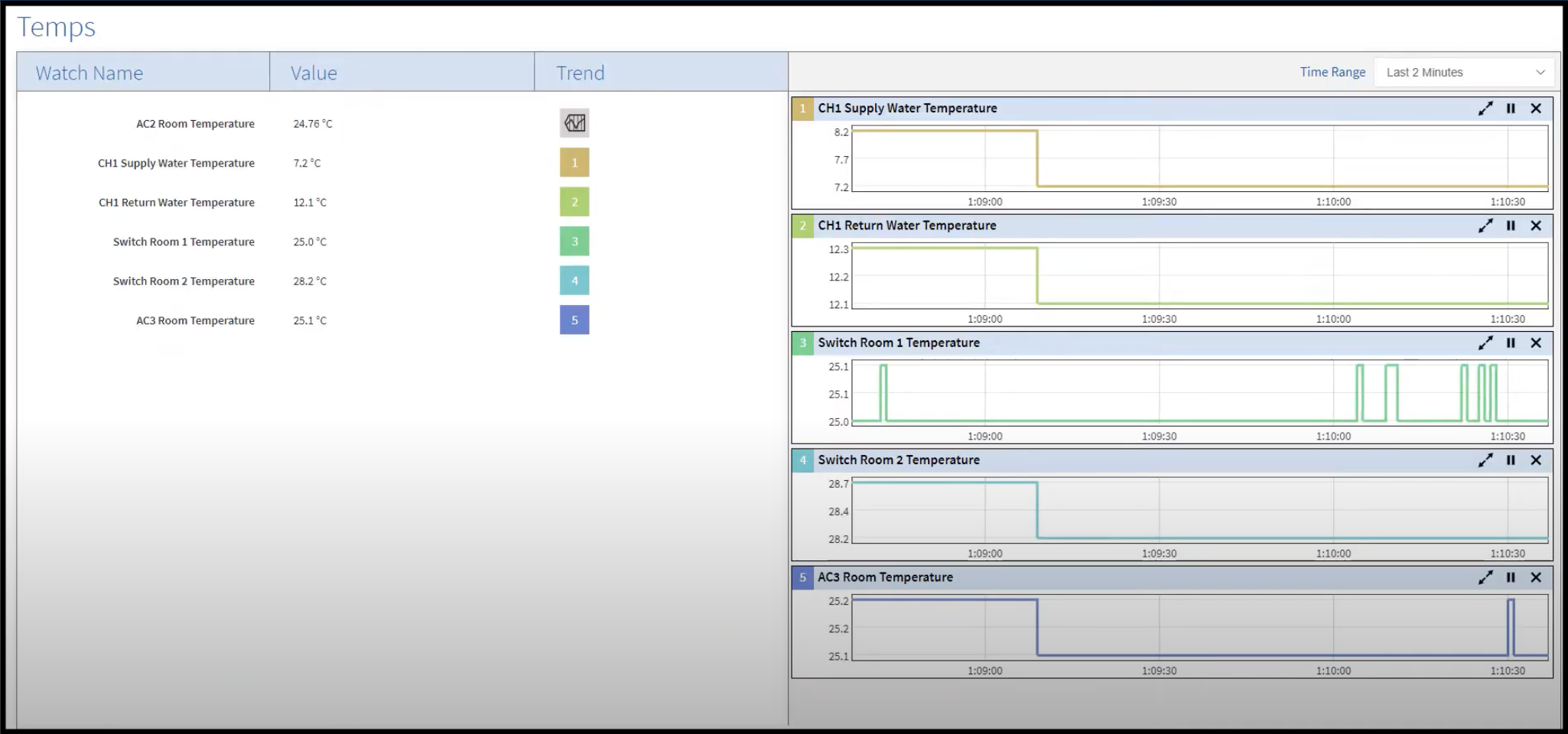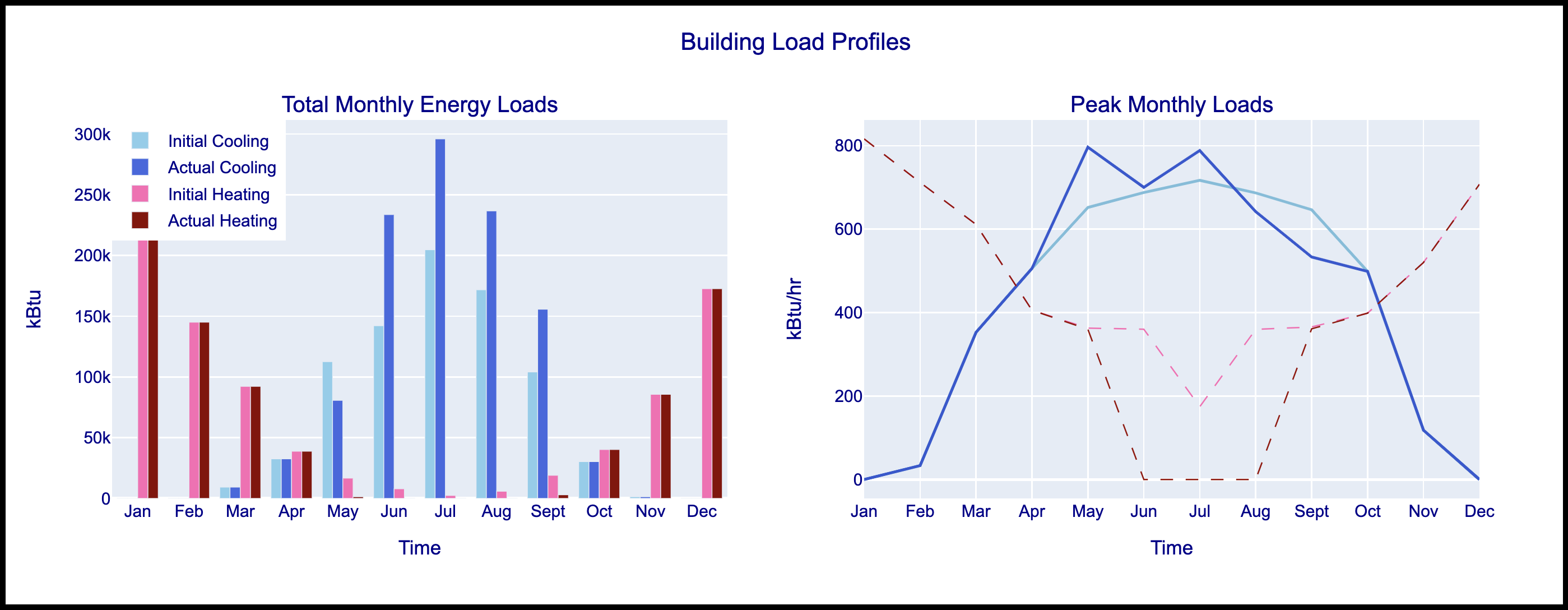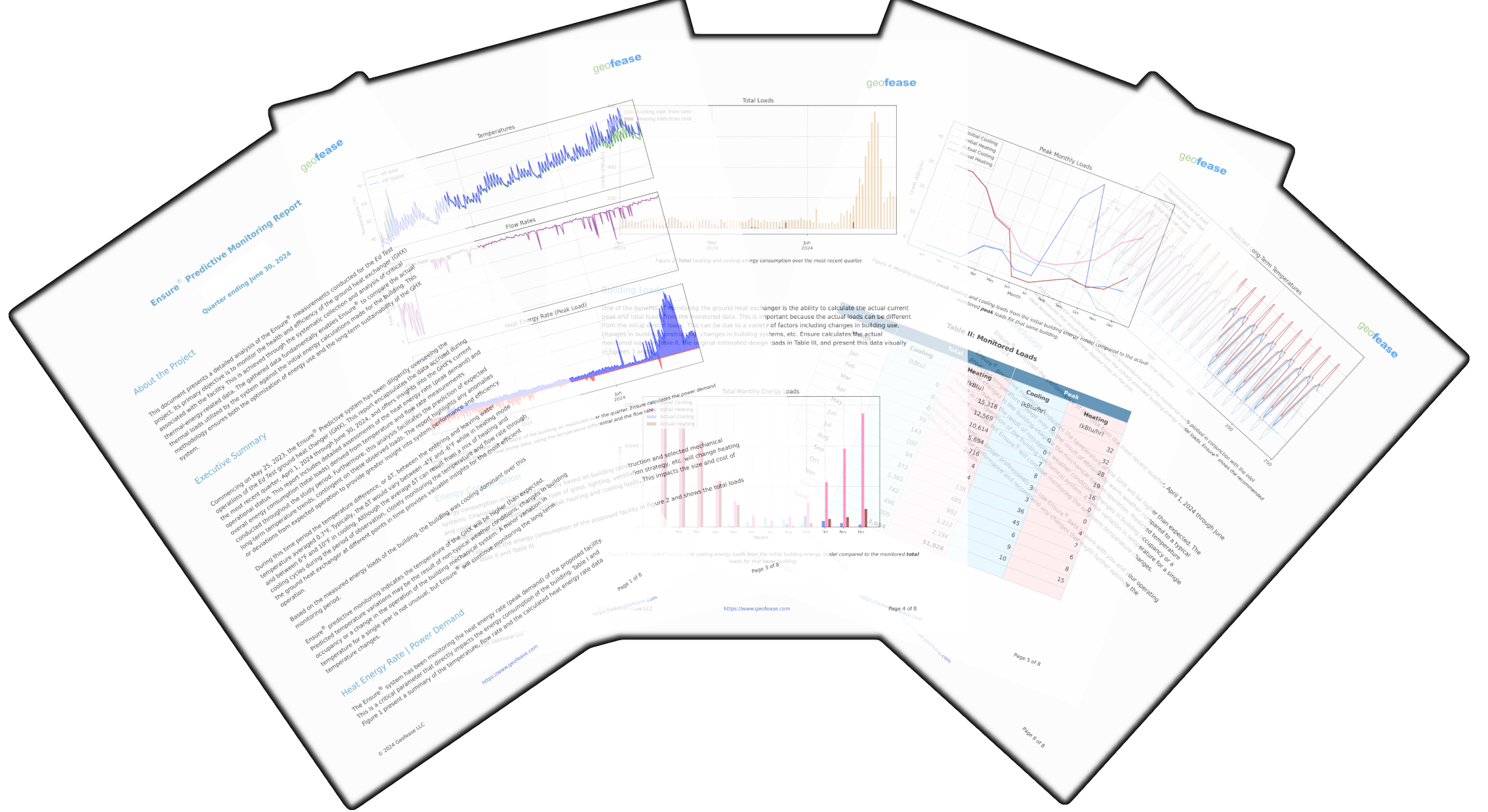
Integrated vs. Fragmented
by GeoFease | Sept. 17, 2024, 6:48 p.m.
When it comes to choosing technology solutions, the debate between integrated and fragmented hardware and software systems is pivotal. Integrated solutions are increasingly becoming the preferred choice for businesses and individuals seeking streamlined operations, superior performance, and an enhanced user experience. While fragmented solutions offer customization and flexibility, integrated systems deliver significant advantages that often outweigh the limitations of a closed ecosystem.
What Are Integrated and Fragmented Solutions?
- Integrated Solutions: These are systems where both hardware and software are meticulously designed to function in harmony. Developed either by a single manufacturer or through a close partnership between vendors, integrated solutions are characterized by their seamless interoperability. Examples include Apple’s product line (iPhones, MacBooks, iOS) or solutions from companies like GeoFease, where the hardware and software are created to work optimally together.
- Fragmented Solutions: In contrast, fragmented solutions involve a mix of hardware and software from different vendors. Users or system integrators select components independently, aiming for a customized setup. This approach is typical in environments such as building automation systems or diverse enterprise IT setups that leverage multiple hardware vendors and generic software platforms.
Why Integrated Solutions Stand Out
Fragmented systems often face challenges with data accessibility, requiring dedicated engineers or frequent site visits to manually retrieve data, which increases the overall cost of ownership. These setups also encounter compatibility issues between different components, leading to higher maintenance costs and potential security vulnerabilities. While such systems may offer greater customization and lower upfront costs, hidden expenses from troubleshooting, inconsistent performance, and managing multiple vendors can quickly offset these initial savings. Below is an example of the type of data you might receive from a fragmented solution:

Integrated solutions excel in geothermal supervisory control and data acquisition (SCADA) systems by offering superior reliability, performance, and ease of use. These systems minimize operational disruptions, reduce maintenance demands, and enhance overall efficiency, making them a smart investment for building owners and operators who aim to maximize long-term value while lowering the total cost of ownership. Below is an example of the results from a fully integrated solution. As illustrated by the graphs and reports, an integrated system delivers complete, actionable insights tailored to the specific application. Achieving this level of data reduction, reporting, and analysis from fragmented systems would require significantly more effort and additional resources.


GeoFease’s integrated system, Ensure®, simplifies managing geothermal investments by providing automated data interpretation and expert support. This cohesive approach streamlines data collection and interpretation with automated reports, interactive dashboards, and alerts via phone apps, making data access and decision-making easy for stakeholders. For building owners and operators looking to innovate and grow sustainably, integrated solutions like Ensure® offer a clear advantage over fragmented alternatives.